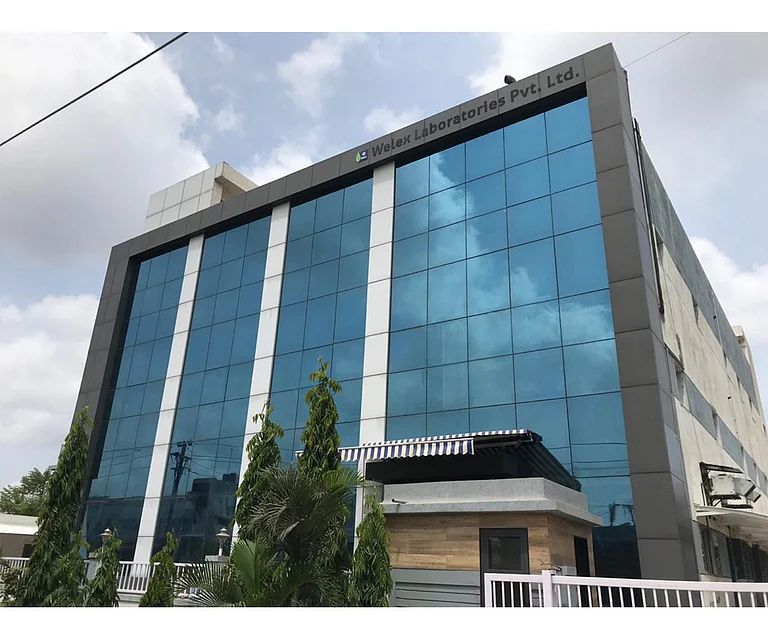As India continues its ambitious mission to eliminate viral hepatitis by 2030 under the National Viral Hepatitis Control Programme (NVHCP), public health experts are warning of significant gaps in current policies—particularly concerning children, rural populations, and healthcare workers. The program focuses on prevention, early diagnosis, and management of viral hepatitis, including hepatitis A, B, C, D, and E.
In an editorial published in Indian Journal of Medical Research (ICMR), two prominent gastroenterologists Dr. SK Sarin from Institute of Liver and Biliary Sciences, Delhi and Dr. Ekta Gupta, associate professor of medicine in the department of gastroenterology and hepatology at Johns Hopkins University have picked holes in the Union Health Ministry’s ongoing programme. They said that despite global advances and updated guidelines from the World Health Organization (WHO), India’s hepatitis strategy remains largely adult-centric, often bypassing children and adolescents living with hepatitis B (HBV) or hepatitis C (HCV).
Children Left Behind in Current Guidelines
India’s national and state-level hepatitis treatment protocols have yet to fully integrate paediatric care, leading to delayed diagnosis and missed treatment opportunities in younger populations. This oversight, said Dr. Sarin and Dr. Gupta, risks allowing chronic infections to silently progress into severe liver complications.
“The WHO has called for the inclusion of simplified, child-friendly treatment protocols. It’s time India updates its national guidelines, trains providers, and ensures the availability of age-appropriate medications,” said the health experts.
Citing a recent study conducted in Delhi across five hospitals and 15 primary health centres highlighted the effectiveness of a “one-stop-shop” model—where testing, diagnosis, and treatment were all provided at the primary care level, they claimed that the model helped retain more patients in the treatment cascade and should be scaled up nationally.
The Case for a ‘Treat All’ Policy for HBV
Dr. Sarin and Gupta in the editorial has also brought attention of the government towards what they called as shortcomings in the present policy for treatment for HPV.
Currently, HBV treatment in India is prescribed based on elevated ALT levels and viral load thresholds. However, this approach leaves many asymptomatic yet infectious individuals untreated—and still capable of transmitting the virus.
“Scientific evidence now supports a universal ‘treat all’ approach for HBV,” said a hepatologist familiar with the study. “This shift would align with existing strategies for HIV, tuberculosis, and HCV, and allow general practitioners and health workers to take on a greater role in delivering treatment.”
Such a policy could reduce the pool of chronic carriers and prevent new infections, experts argue. It would also require evaluating and integrating new antiviral drugs into India’s treatment framework and accelerating research into curative therapies for HBV.
Prevention Measures Falling Short
Despite a universal hepatitis B vaccination programme, India continues to face challenges in achieving full coverage—especially for the critical birth dose. Many home births miss timely immunisation, and recent data show that nearly 45% of children aged 12–59 months did not receive the full HBV vaccine series between 2015 and 2016.
Mother-to-child transmission remains a major contributor to chronic HBV infections, but universal screening during pregnancy and preventive antiviral therapy have not been widely implemented. WHO guidelines recommend tenofovir for pregnant women with high viral loads from 28 weeks of gestation onwards—an intervention not yet consistently followed in India.
Healthcare Workers at Risk
The editorial also highlights the dangers that healthcare workers in the sector face. Many healthcare workers (HCWs) in India remain unvaccinated or inadequately protected against HBV, despite their high-risk occupational exposure. The experts have called for mandatory vaccination, regular anti-HBs titer testing every five years, and guaranteed access to hepatitis B immunoglobulin (HBIG) in all health facilities.
Pre-employment screening for HBV and HCV, which is often misused to deny jobs, should be reformed into a non-discriminatory safety protocol, experts urged.
Unsafe Injections and Neglected Strains
Unsafe medical injections and needle-sharing among people who inject drugs (PWID) continue to drive hepatitis transmission. Expansion of harm reduction programmes, such as opioid substitution therapy and needle exchange services, is needed urgently.
Other hepatitis viruses—namely hepatitis A (HAV) and hepatitis E (HEV)—also contribute to India’s liver disease burden but are often overlooked in public health strategies. Adult HAV vaccination, particularly for high-risk groups, should be considered as part of a broader hepatitis prevention initiative.
A Call for Bold Action
While the NVHCP outlines a strong policy framework, its implementation has been patchy and inconsistent. The gastroenterologists stress that without bold reforms and decentralised execution, the 2030 elimination goal may remain out of reach.
“There needs to be a shift from selective, specialist-led care to integrated, community-level prevention and treatment,” said Dr. Sarin.









.png?auto=format%2Ccompress&fit=max&format=webp&w=768&dpr=1.0)
















